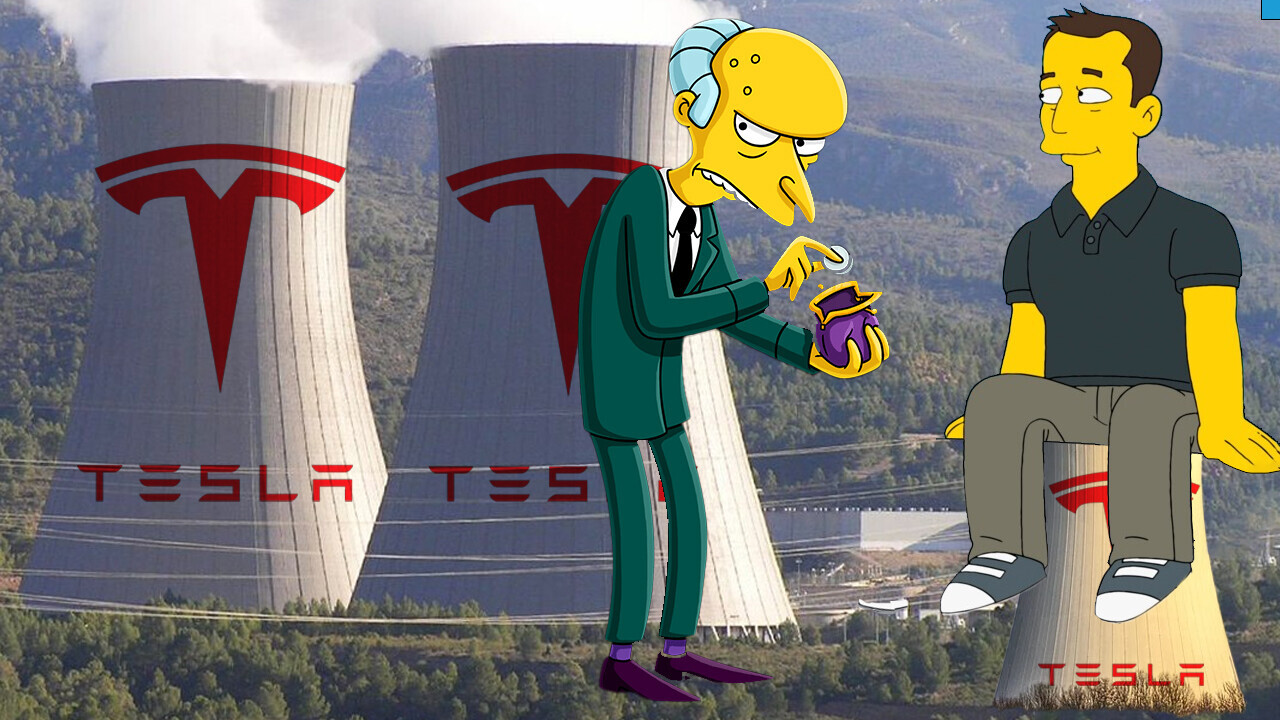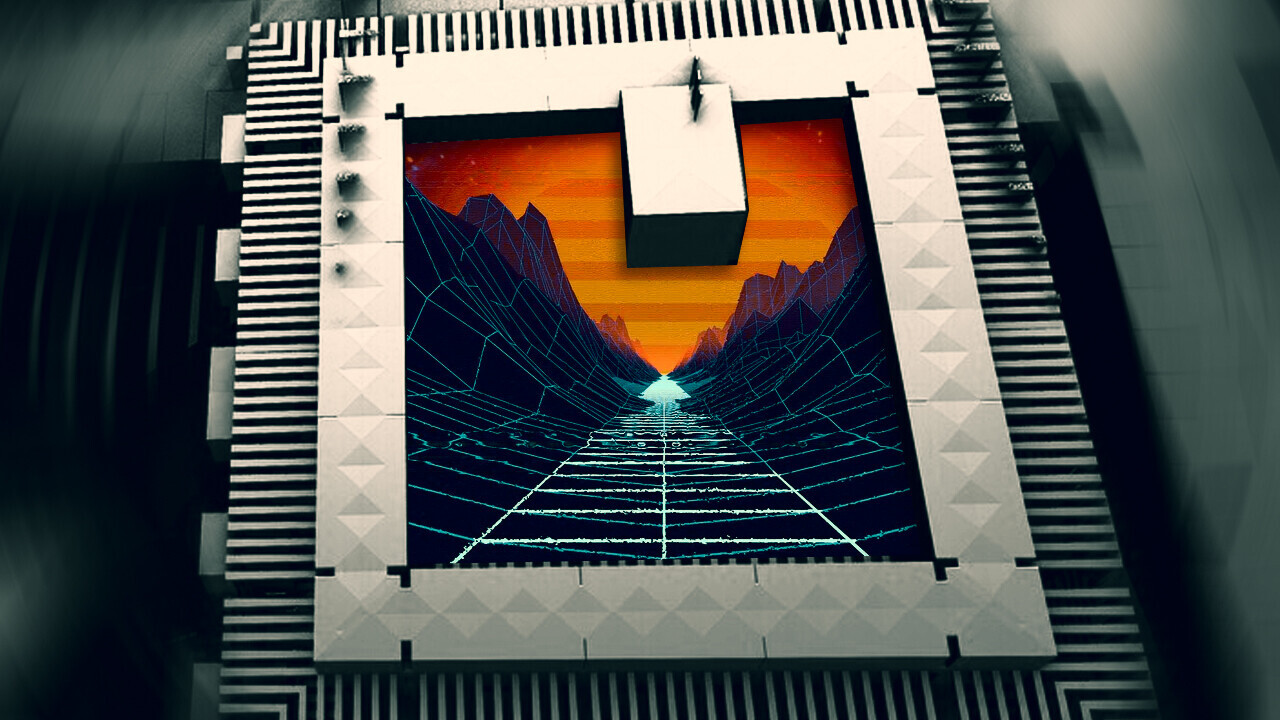All Articles for
Warp
Hyperspace is a method of traveling sometimes used in science fiction. It is typically described as an alternative region of space co-existing with our own universe which may be entered using an energy field or other device. Travel in hyperspace is frequently depicted as faster-than-light travel in normal space. Astronomical distances and the impossibility of faster-than-light travel pose a challenge to most science-fiction authors. They can be dealt with in several ways: accept them as such (hibernation, slow boats, generation ships, time dilation - the crew will perceive the distance as much shorter and thus flight time will be short from their perspective), find a way to move faster than light (warp drive), "fold" space to achieve instantaneous translation (e.g. the Dune universe's Holtzman effect), access some sort of shortcut (wormholes), or sidestep the problem in an alternate space: hyperspace. Hyperspace is sometimes used to enable and explain faster than light (FTL) travel in science fiction stories where FTL is necessary for interstellar travel or intergalactic travel. Spacecraft able to use hyperspace for FTL travel are sometimes said to have a hyperdrive. Detailed descriptions of the mechanisms of hyperspace travel are often provided in stories using the plot device, sometimes incorporating some actual physics such as relativity or string theory in order to create the illusion of a seemingly plausible explanation. Hyperspace travel is nevertheless a fictional technology. Authors may develop alternative names for hyperspace in their works, such as the Immaterium (used in Warhammer 40,000), Z space in Animorphs, or "Underspace" (U-space), commonly referred to in the works of Neal Asher.




